Staying Fit

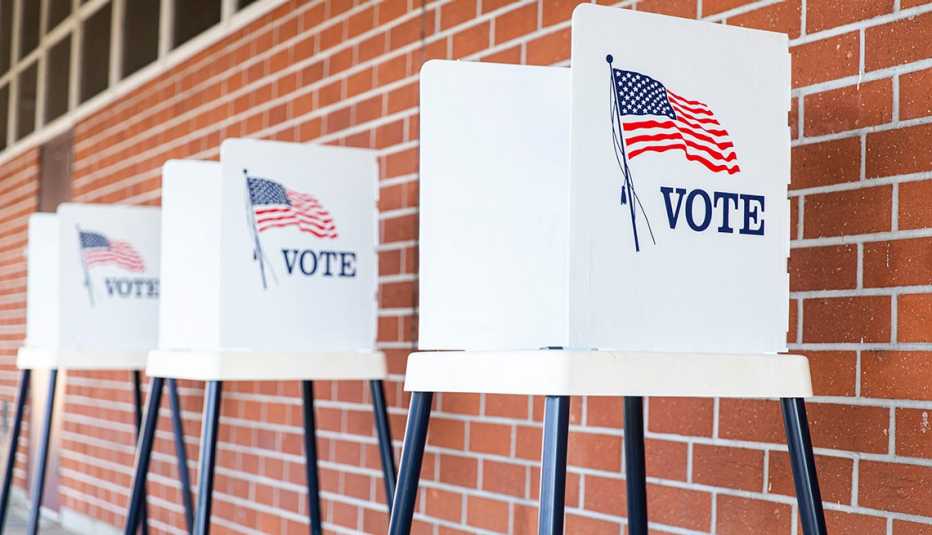
Concerns over the lingering COVID-19 pandemic and increasing inflation may be dominating the news, but the all-important election 2022 season is about to get underway.
Americans all across the country are poised to begin selecting who they want to represent them in Congress, in governor's mansions and state legislatures. Election season officially begins March 1 with the primary in Texas and stretches beyond summer with the last primaries set for Delaware, New Hampshire and Rhode Island on Sept 13.


AARP Membership— $12 for your first year when you sign up for Automatic Renewal
Get instant access to members-only products and hundreds of discounts, a free second membership, and a subscription to AARP the Magazine.
The lone exception is Louisiana, where the nation's Nov. 8 general election day is actually that state's primary. Louisiana voters will select from a slate of candidates regardless of party; anyone who gets a majority of the vote is elected. If no candidate for a particular office wins a majority, the top two candidates for that seat will appear on a Dec. 10 general election ballot.


Here's what at stake when voters go to the polls this midterm year:
- All 435 seats in the House of Representatives are up for election. Democrats control the House by a margin of 222 to 212, with one vacancy. Some voters may find themselves in a different congressional district than when they last voted because the 2020 U.S. census resulted in redistricting. (Congressional districts are based on population, so the census results in district lines being redrawn in many places.)
- Of the 100 U.S. Senate seats, 34 are up for grabs. The Senate is currently tied 50-50, with Vice President Kamala Harris casting the tie-breaking vote for the Democrats in her role as president of the Senate. Every two years, about one-third of Senate seats are up because senators serve six-year terms. This year, 20 seats held by the GOP and 14 by Democrats are in play.
- Governors will be chosen in 36 states, 20 where Republicans are in control and 16 where the governors are Democrats.
- Thousands of state-level senators and representatives, judges and local officials will be voted in or out of office as well.
Here is a look at the primary contests throughout the United States.

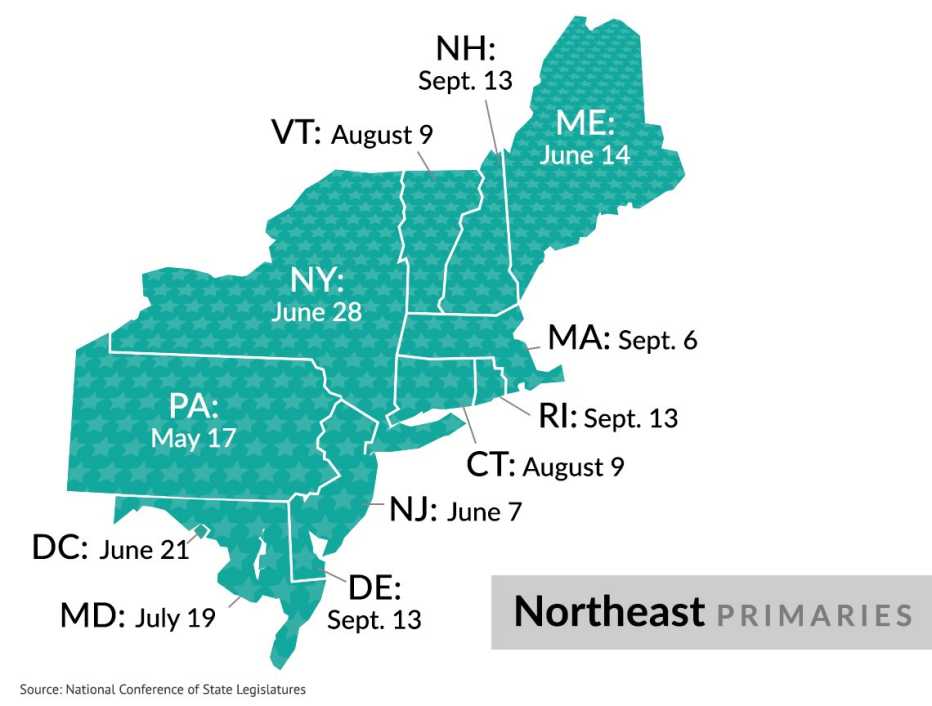

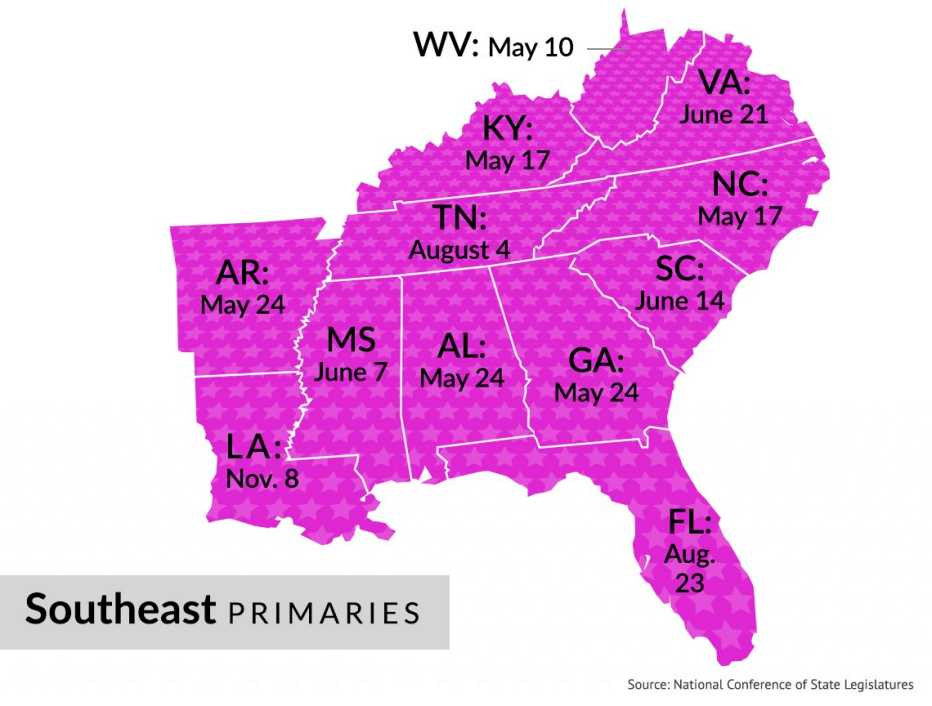



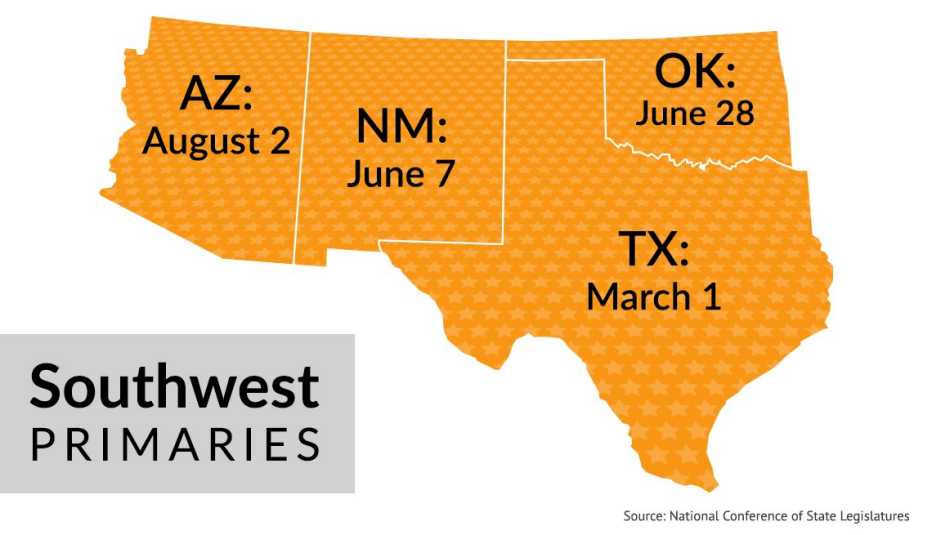

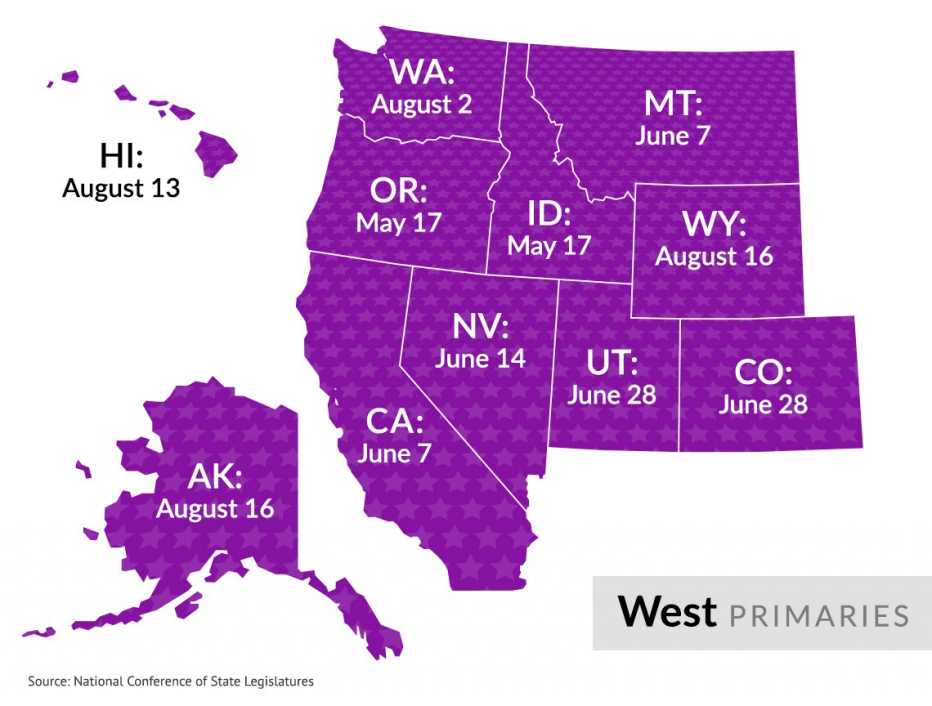

































































More on politics-society
Older Americans Are a Force in 2022 Midterm Elections
Key races and the fate of Congress are at stake in Tuesday’s contests across the country
AARP Voter Engagement Campaign Underway
Aim is to give 50-plus voters the latest information on how and where to cast their ballots
How to Register and Vote in the 2022 Midterm Elections in Your State
Get the latest information on how and where to cast your ballot